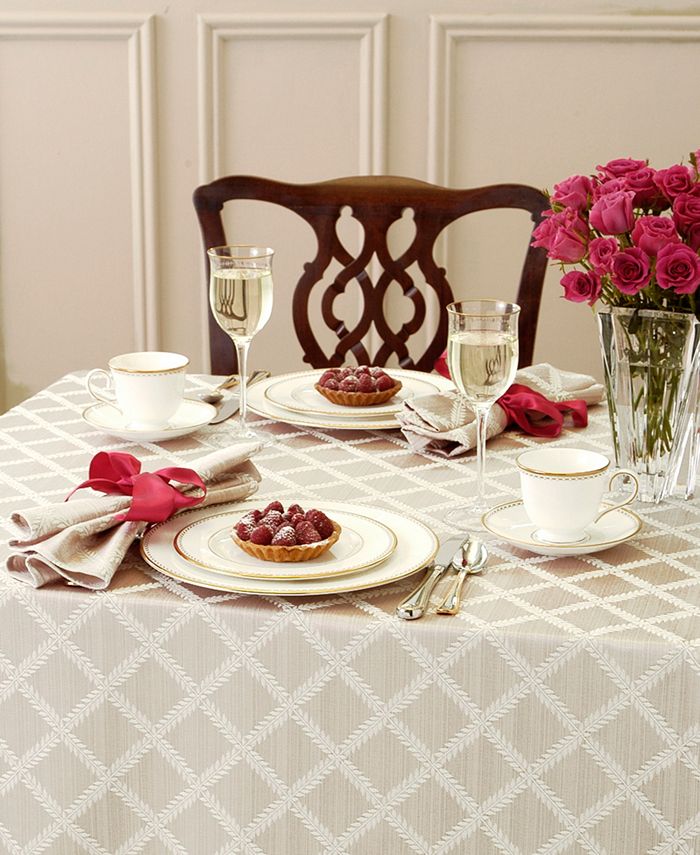Imaginative Table Runner Uses: Past the Table
Wiki Article
Linen Material Advancements: Discovering Modern Trends and Creative Applications in Layout and Fabric Industry
From sustainable production approaches to sophisticated weaving innovations, the development of linen is improving the landscape of the textile industry. As we dive into the realms of imaginative style applications and the development of bed linen blends and crossbreed fabrics, a brand-new chapter unfolds in which bed linen's role in future fabric advancements takes center phase.Sustainable Practices in Bed Linen Manufacturing
Sustainable techniques in linen manufacturing have come to be progressively important in the fabric market's efforts to lessen environmental influence and promote moral sourcing techniques. Bed linen, a natural fiber acquired from the flax plant, uses a series of advantages such as resilience, biodegradability, and breathability. Nonetheless, conventional approaches of linen manufacturing can entail significant water usage, chemical use, and energy-intensive processes.To resolve these challenges, lots of fabric producers are embracing lasting practices throughout the linen manufacturing procedure. This includes sourcing flax from organic farms that stay clear of hazardous pesticides and chemicals, applying water-efficient retting strategies to essence fibers from the flax stalks, and using eco-friendly dyes and surfaces. Additionally, some business are purchasing renewable resource sources to power their production facilities and minimizing waste via recycling and upcycling campaigns.
Technological Developments in Linen Weaving
With the growing emphasis on sustainable techniques in linen production, the fabric sector is currently observing a rise in technical advancements especially targeted at transforming the art of bed linen weaving. These advancements are improving the method bed linen textiles are generated, offering increased efficiency, quality, and imagination in weaving methods.One of the essential technological developments in linen weaving is the integration of computerized looms. These advanced looms are equipped with software application that enables for elaborate and complex layouts to be woven with accuracy. By digitizing the weaving process, manufacturers can achieve better uniformity and accuracy in their bed linen textiles.
Moreover, developments in yarn spinning modern technology have actually allowed the production of finer and even more long lasting linen threads - table cloths. This leads to softer and smoother linen textiles that maintain their top quality even after numerous uses and cleans
Furthermore, the development of eco-friendly dyeing procedures and finishes for bed linen materials is gaining grip. These sustainable techniques not only lower the environmental impact however also provide to the enhancing customer demand for morally produced fabrics.
Creative Design Applications for Bed Linen
Innovative creative approaches are increasingly shaping the innovative layout applications for linen in the fabric sector. Linen's all-natural visual appeal and capability to mix with various other textiles make it a favorite selection for producing one-of-a-kind garments and accessories that cater to the ecologically aware consumer.Furthermore, designers are explore bed linen in home decoration, utilizing its sturdy and breathable nature to craft trendy furnishings such as curtains, bed linen, and furniture. The appearance and drape of linen bring a sense of sophistication and comfort to indoor areas, including a touch of beauty to modern-day homes.

Linen Blends and Hybrid Fabrics

Crossbreed materials, on the various other hand, take the idea of blending an action further by including extra components such as metallic strings, recycled materials, or conductive fibers. These cutting-edge fabrics not just broaden the style possibilities yet also present functional facets like conductivity, antimicrobial homes, or boosted sturdiness. Hybrid fabrics are increasingly being made use of in numerous markets, consisting of fashion, interior decoration, and technical fabrics, where the need for multifunctional materials is on the surge.
Linen's Function in Future Fabric Innovations

In the world of future fabric developments, bed linen is anticipated to be a key player in the advancement of sophisticated practical materials. Scientists and developers are checking out methods to boost bed linen's intrinsic qualities with technological innovations, such as integrating clever textiles, nanotechnology, and efficiency surfaces. These advancements aim to raise linen's performance attributes, making it appropriate for a broader variety of applications, from activewear to protective apparel.
In addition, the mix of bed linen with other natural or artificial fibers opens unlimited opportunities for creating unique textiles with unique residential or commercial properties and functionalities. By leveraging bed linen's table cloths features and discovering innovative blends, the textile industry is poised to present interesting growths that accommodate evolving customer requirements and sustainability requirements.
Final Thought
In final thought, the expedition of sustainable practices, technological innovations, creative layout applications, bed linen blends, and its duty in future textile advancements highlight the continual development of linen material in the modern-day style and textile sector. With a focus on development and creative thinking, the convenience and environmentally friendly nature of bed linen make it a useful material for developers and producers alike, leading the way for more developments and innovations in the field of fabrics.As we delve right into the realms of innovative layout applications and the development of bed linen blends and hybrid materials, a brand-new chapter unravels in which bed linen's function in future fabric innovations takes facility phase.
Checking out the combination of linen with other fabrics has actually led to the introduction of cutting-edge blends and hybrid textiles in the modern textile market. Bed linen blends offer an unique combination of the attributes of bed linen with those of other fibers, resulting in materials that have boosted residential properties such as boosted toughness, enhanced draping, and decreased wrinkling.The evolution of linen blends and crossbreed fabrics has established the phase for Bed linen to play a crucial role in driving future textile developments.In the world of future fabric technologies, bed linen is anticipated to be a key player in the development of sophisticated practical fabrics.
Report this wiki page